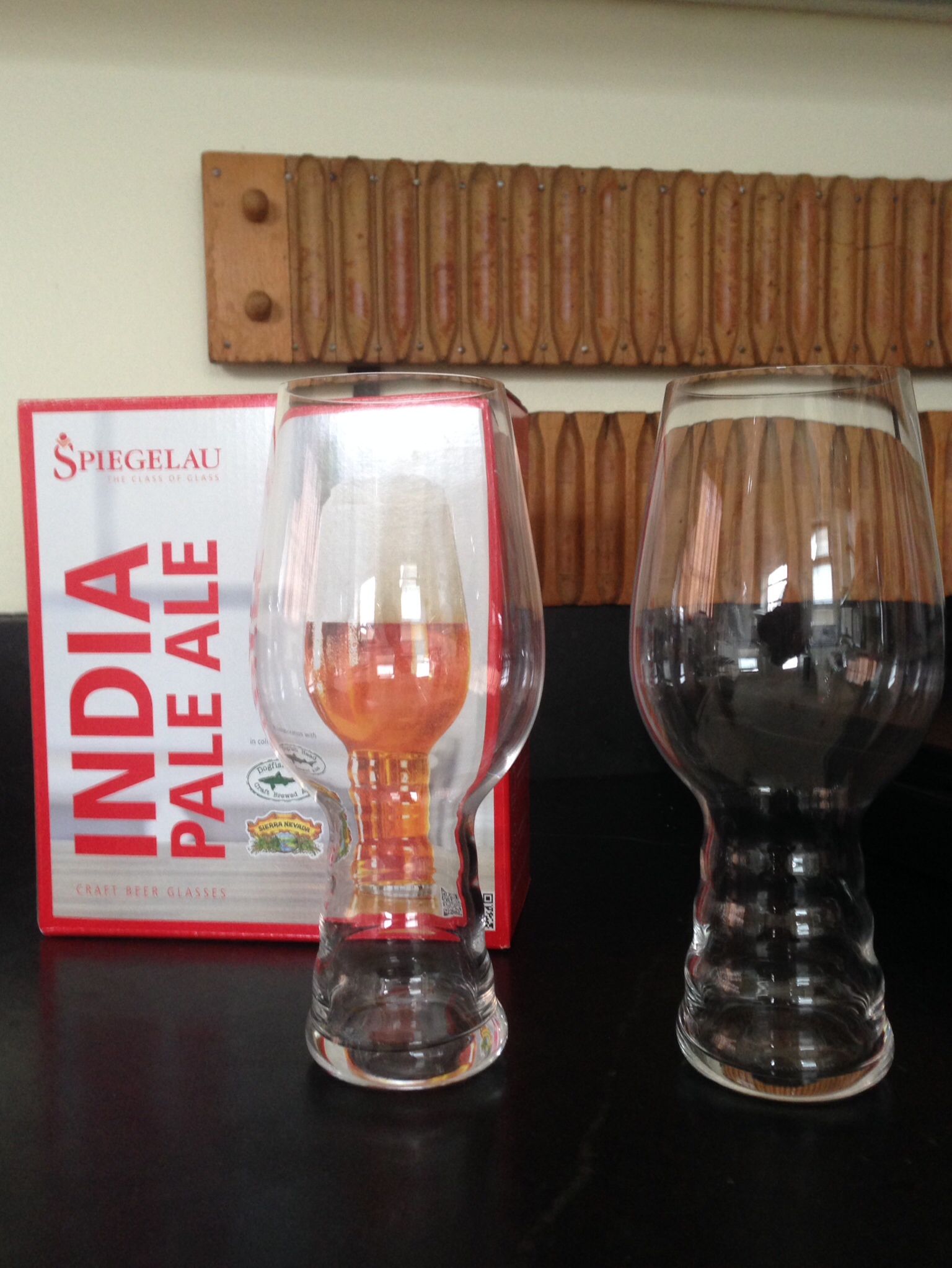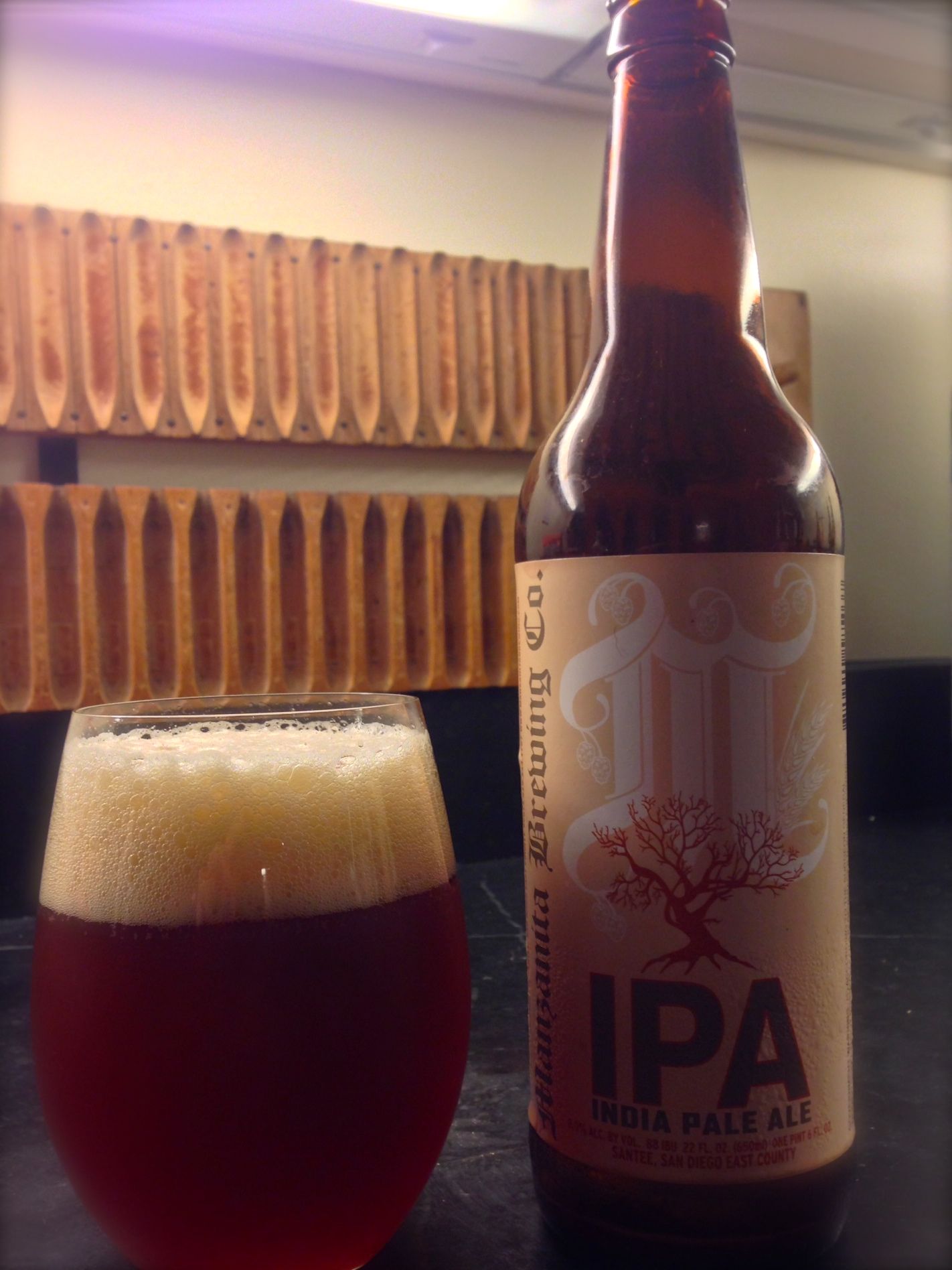Five Beers You Should be Drinking this International Stout Day
/Shrouded in myth and legend, the origins of stout and porter-style beers are difficult to pinpoint. Legend has it that stouts were born as porters in 18th century London, where the working class preferred a stronger, more robust beer to satisfy both hunger and thirst. To meet this demand, publicans and brewers blended existing beers (such as strong ale, soured beer, milds, bitters, and/or a blend of inexpensive and more expensive beers) into a formula that pleased these working men and called it “porter” after the occupation of many of its drinkers.
In the 1720s, or so goes the story, an enterprising brewer called Ralph Harwood took these various blended beers and formulated a similar tasting single beer and began distributing it around London pubs.
This new porter would not have been recognizable to drinkers of the modern version. For starters, it would have lacked the characteristic opaque black color and slight astringent bitterness of today’s porters/stouts. Its color would have ranged from a pale golden yellow to a slightly dark brown, and its flavor range from a full-bodied ESB to a dark malty strong ale. The modern version, colored and flavor enhanced by black patent and chocolate malts, both of which are roasted until nearly burnt, wasn’t even invented or manufactured until the 19th Century. So until the mid-19th Century, the modern porter/stout didn’t even exist.
Porter, not stout, was most commonly used until the early 20th Century to describe this beer. After the invention of black malts, “stout” was added to the label of porters brewed with the black malts and higher alcohol. These stronger versions became known as stout porters. Later the two names were separated and used largely as a marketing gimmick and as a means to avoid complicated alcohol taxation schemes in England, Scotland and Ireland.
Today. stouts and porters are separated into their own categories for competition and marketability. The Beer Judge Certification Program (BJCP), the group responsible for testing and certifying beer judges, define six varieties of stouts (dry, sweet, oatmeal, foreign extra and Russian imperial) and three versions of porter (brown, robust and Baltic)
So what’s the difference between a stout and a porter? To be honest, the differences are negligible, owing primarily to different strengths, grain bills and hops schedules. For all intents, porters are stouts and stouts are porters. In fact, the designation is often left up to the brewer to decide.
Here are my five favorites:
Beachwood Brewing and BBQ "Udder Love:" A wonderfully rich milk stout and winner of the 2012 GABF Gold Medal/2013 Silver Medal in the Sweet Stout category, Udder Love is solid English style stout. The grain bill features Maris Otter, roasted malt and a bit of chocolate malt lending this beer a terrific biscuity and toasty flavor accented by a bit of burnt bitterness. The acidic bitterness is followed by a pleasant English hop finish, balanced with the sweetness of milk sugar. When served on nitro there is no better sweet stout.
Firestone Walker "Velvet Merkin:" My favorite barrel aged stout (for me it's even better than the vaunted Founder's KBS), Merkin is a smooth Oatmeal Stout aged in bourbon barrels to create a decadent, but not over the top, beer that features chocolate, coffee and vanilla on the nose and palate. It has lower alcohol than most barrel aged stouts, clocking in at 8.5% makes it more drinkable and tones down the bourbon notes that tend to over power other barrel aged stouts.
North Coast Brewing "Old Rasputin:" The last time I drank this I wrote in my notes "simply delicious," and that still holds. Old Rasputin is my standard bearer Russian Imperial Stout and I've yet to find any better.
Smog City "Groundworks Coffee Porter:" Smog City offers this beer year round and right now it's my favorite coffee porter/stout. It's a malty porter with a lot of coffee both on the nose and palate and it finishes with an acidic roasted malt bitterness and little bit of hops. The coffee flavors sticks with you.
Bell's "Special Double Cream Stout:" Another smooth and creamy stout, that I've only had once, but the memories have stayed with me. This one has a depth of flavor that's surprising for 6% abv stout. Chocolaty, roasty and espresso like flavors dominate but are balanced with acidic bitterness from the burnt malts. Delicious.







